WEHI researchers have made a huge leap forward in the fight against Parkinson’s disease, solving a decades-long mystery that paves the way for development of new drugs to treat the condition.
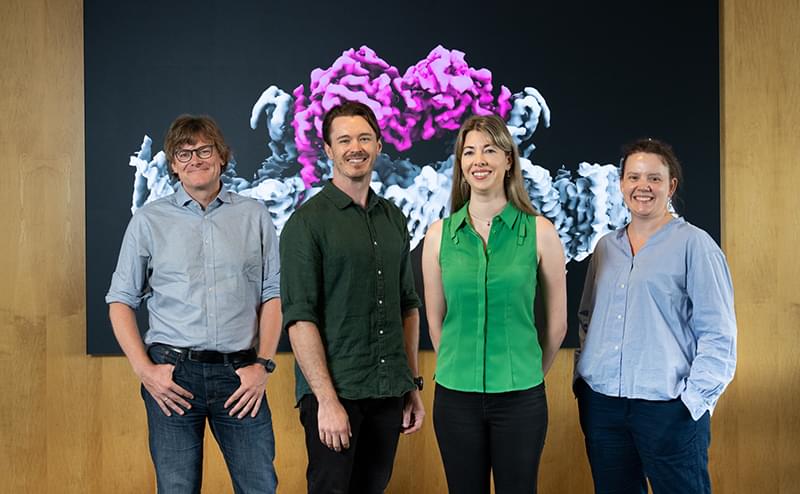

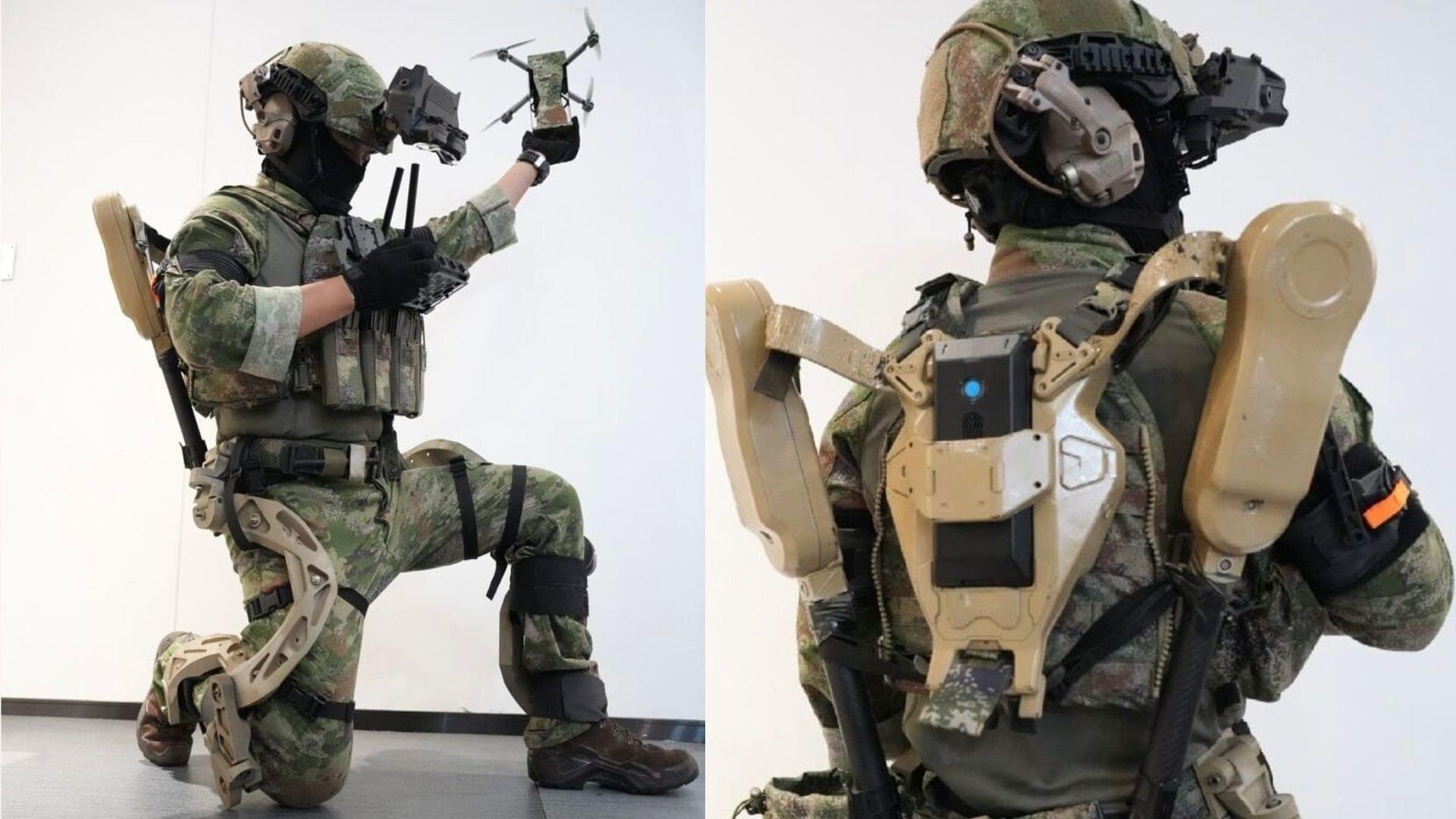
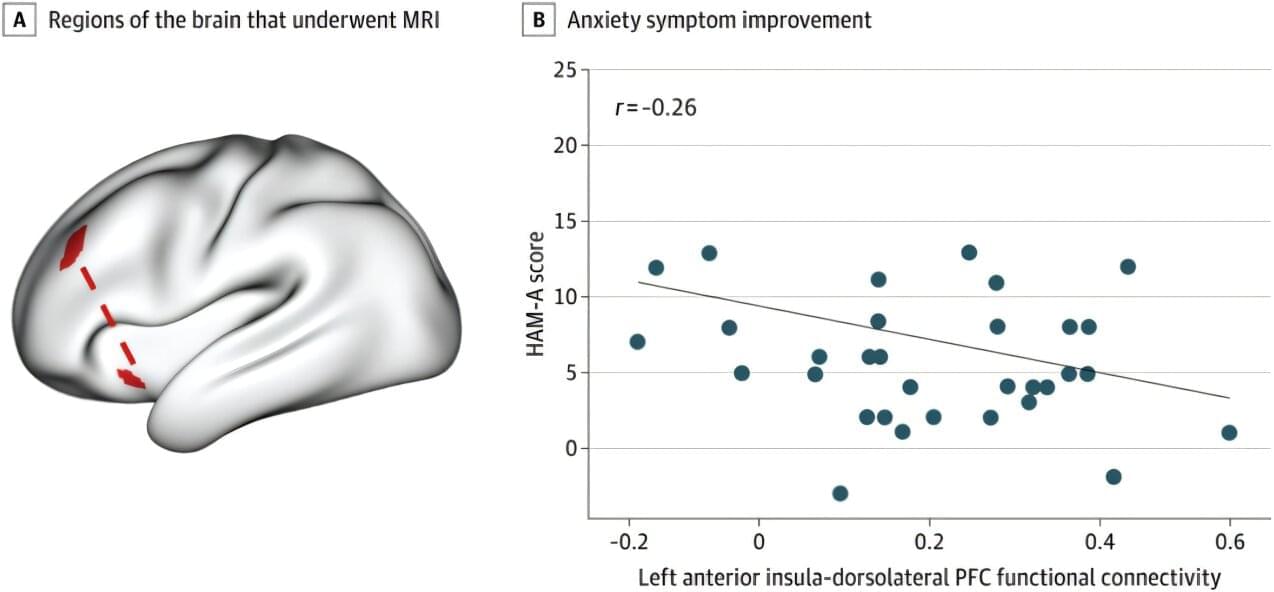
The preliminary study suggested that young people with weaker connections between two brain areas involved in both attending to and regulating responses to anxiety were more likely to benefit from a self-guided anxiety care app than those with stronger connections.
The study, published in JAMA Network Open, looked at data from a subset of clinical trial participants who agreed to undergo a brain MRI before using the anxiety care app developed by the investigators.
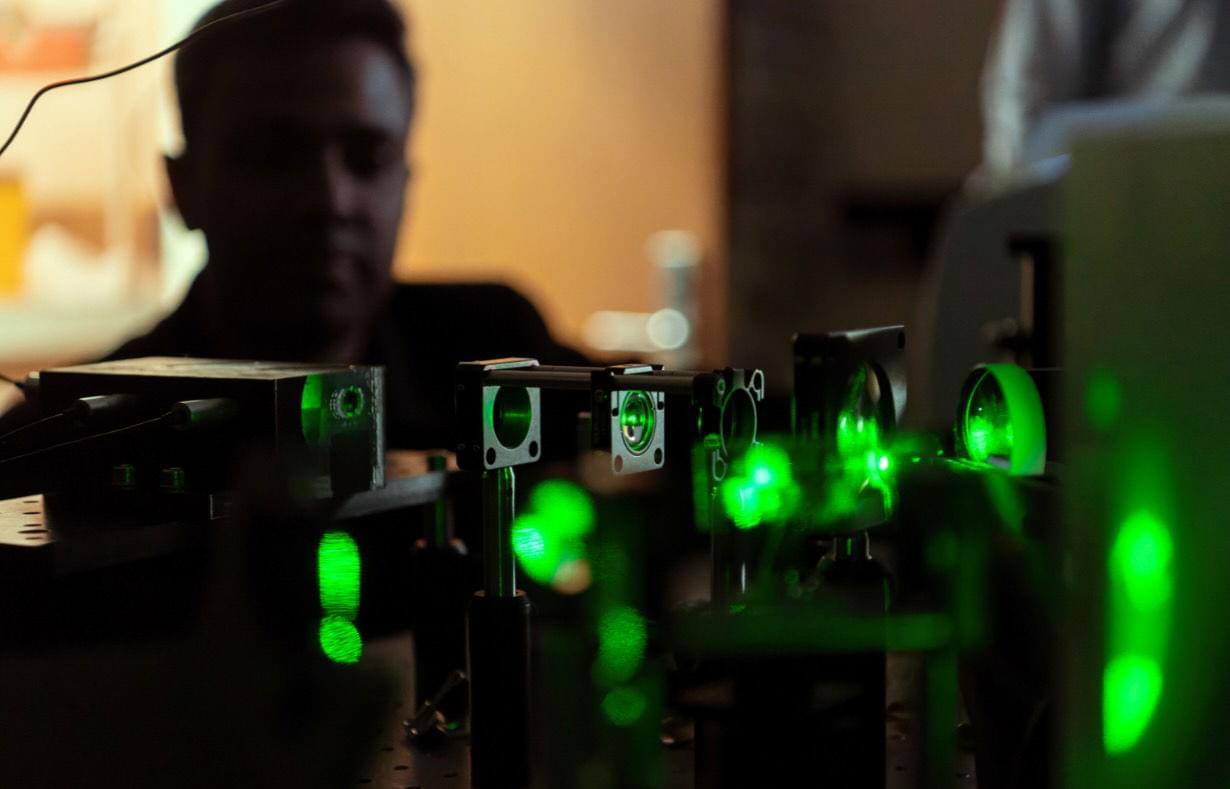

A milestone in space communication was celebrated in Athens, the capital of Greece, on Wednesday, as the National Observatory of Athens (NOA) was formally recognized by the European Space Agency (ESA) for its pivotal role in the first-ever optical communication link with a spacecraft in deep space, a landmark achievement in international space collaboration.
The groundbreaking laser communication link between NASA’s “Psyche” spacecraft—currently en route to Mars —and Greece’s Kryoneri Observatory in Corinth was established on July 7, 2025. The project, a joint effort by NASA and ESA, involved transmitting a laser message across nearly 300 million kilometers (about 186.4 million miles). The message, sent from Kryoneri, was received shortly afterward at the Helmos Observatory’s Aristarchos Telescope in Achaia, northern Peloponnese, just 37 kilometers (23 miles) away.
This experiment marked the deepest wideband optical communication link ever recorded in space.



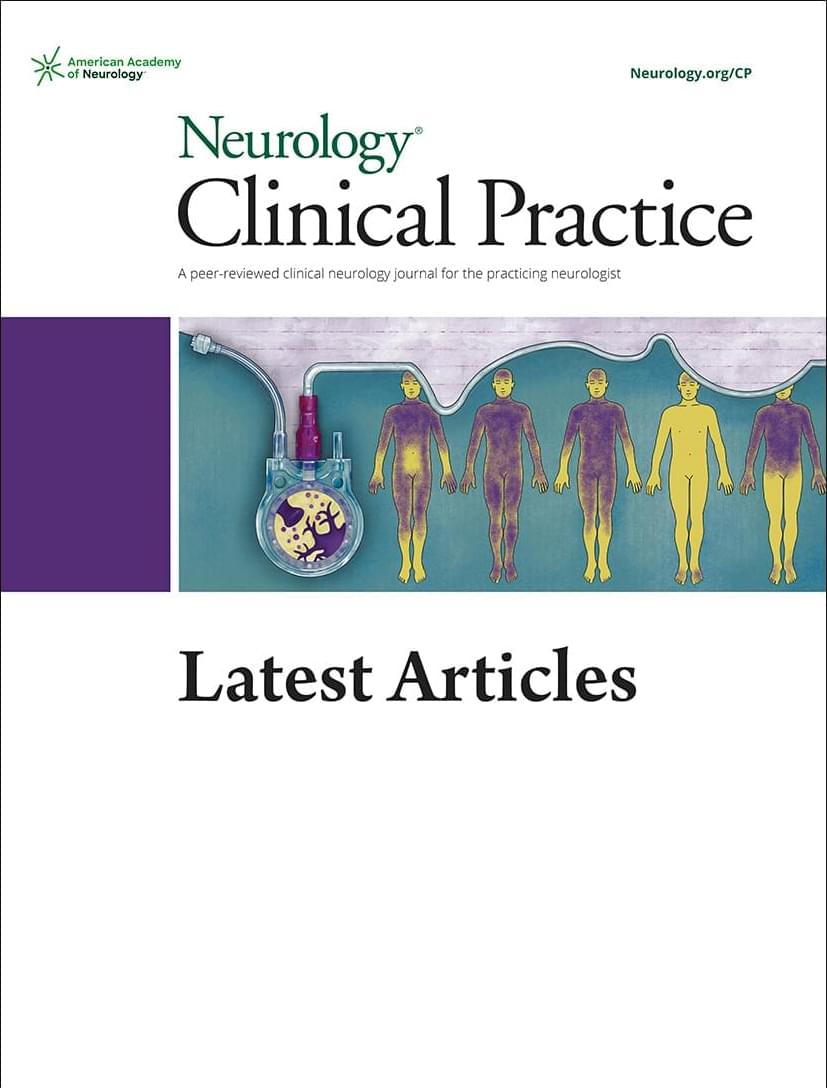
This review explores the current literature on brain MRI findings of CAR-T–induced neurotoxicity, highlighting diagnostic capabilities, clinical implications, and emerging trends in advancing imaging modalities.
Chimeric antigen receptor T-cell (CAR-T) therapy has remarkable efficacy in treating refractory hematologic malignancies. However, CAR-T therapy may induce neurotoxic effects in some patients. Common symptoms of neurotoxicity range from early signs such as headache, confusion, delirium, and aphasia to severe manifestations such as seizures, motor weakness, increased intracranial pressure, cerebral edema, and coma. Magnetic resonance imaging (MRI) can offer invaluable insight into resulting abnormalities in the structure, physiology, and function of the central nervous system. This review aims to examine the current literature on brain MRI findings of CAR-T–induced neurotoxicity, elucidating its diagnostic capabilities, clinical implications, and emerging trends in advancing imaging modalities.

Silicon photonics is a revolutionary technology in the integrated photonics field which has experienced rapid development over the past several decades. High-quality III-V semiconductor components on Si platforms have shown their great potential to realize on-chip light-emitting sources for Si photonics with low-cost and high-density integration. In this review, we will focus on semiconductor optical amplifiers (SOAs), which have received considerable interest in diverse photonic applications. SOAs have demonstrated high performance in various on-chip optical applications through different integration technologies on Si substrates. Moreover, SOAs are also considered as promising candidates for future light sources in the wavelength tunable laser, which is one of the key suitable components in coherent optical devices.